Night Knight: Interview with Parenting Book Author Emma Piers
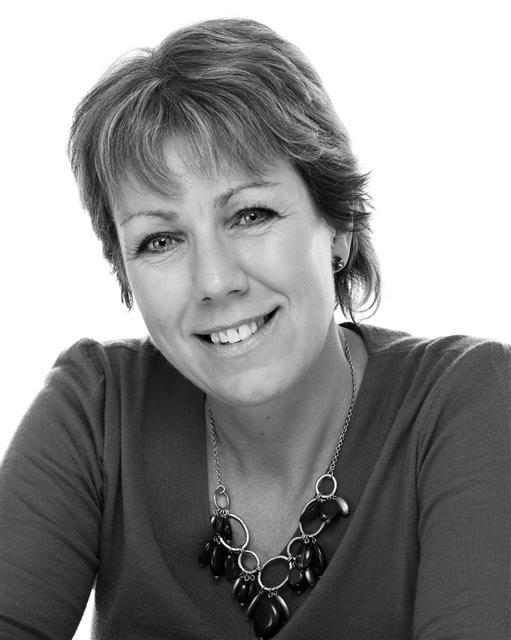
Emma Piers is an author, wellbeing coach and narrator. She lives in rural Dorset in the UK with her life/working partner Mark Turner. Emma was born in a rambling old vicarage in Kent, in 1958. Her father was a vicar, and she had two siblings. During her early years, the family moved five times. During these years, Emma developed a deep love and sense of connectedness with the natural world around her. Walking and writing stories about mythical creatures and people became a big preoccupation, alongside a love of English that was instilled in her by two teachers who were both passionate about their subject. As a counter balance, she managed to fail her Maths ‘O’ level three times. Friendships came and went with five different schools in short succession being attended. A working year exploring the USA and France was followed by another year feeling out of place in a technical college studying pitman script, shorthand typing and profit and loss accounts. Many years and several homes later, after her younger child started grammar school, Emma started studying counselling and creative writing. After a number of years in counselling practice, and travels in Australia, Emma’s more recent studies are encompassing both traditional therapeutic and mythological storytelling. This form of storytelling incorporates understandings of the holistic ways in which human and environment interact.
Her latest book is Night Knight: Therapeutic Bedtime Stories.
You can visit her website at www.emmapiers.com.
Q: Thank you for this interview, Emma. Can you tell us what your latest book, ‘Rosador and the Dark Fairy,’ is all about?
This fully illustrated book takes your child by the hand to the magical land of Rosador's people.
The stories can be enjoyed just as they are, good old-fashioned and pleasurable adventure story telling, but the themes within the stories can help troubled children to feel safe to talk or think about issues in their own lives that may be disturbing them.
Rosador and her friends are faced with issues such as death, divorce and separation of parents and bullying; all issues that parents may find it hard to talk to their children about, especially when they may be feeling emotionally fragile at that time themselves.
The book has many illustrations and the pages are large with a well-spaced typeface making the book attractive to the widest audience of children. It is also suitable for parents to read to their children, and offers solace and comfort for both.
You will be following Rosador and her friends as they make their way through many adventures. Separated into four parts, with each of these comprising two stories, the book has eight bedtime stories in all. Each of these eight bedtime stories will take around 20 minutes to read out loud, and each ends with a reassuring message for the child.

Q: How did you come up with the idea?
Mark and I wanted to work and live in simpler, more sustainable ways. We asked ourselves the question: “How can we mix our skills ingredients-Mark’s love of illustrating with my counselling and writing skills?” The idea of a therapeutic children’s book was born.
Q: What kind of research did you do before and during the writing of your book?
Before the book, we researched a great deal of statistical information to find out what overall issues are affecting youngsters today. During the writing, I learnt various elements from ‘Writing for Children’ by Pamela Cleaver, and ‘Using Storytelling as a Therapeutic Tool’ with Children by Margot Sunderland. I’ve also started learning about indigenous mythical storytelling, which is a whole world unto its own. Another great help came in the form of an acclaimed children’s author, Jean Ure.
Q: If a reader can come away from reading your book with one valuable message, what would that be?
A felt experience of calm and wellbeing that grows as they move through the pages.
Q: Can you give us a short excerpt?
Everyone was worried about Fumblekins. They knew he would be fumbling about feeling tired and scared. They knew that fultures who didn’t feel good about themselves became weak and vulnerable. This was exactly the time when their dark fairies appeared. Whenever any creatures felt bad they would be there! Their powers made creatures believe bad things about themselves that were simply not true!
Fumblekins was awake now. His dark fairy had been watching him sleeping, weighing his body down with its dark thoughts.
“You silly fool, how are you going to get out of here now?” it mocked him.
Fumblekins was in tears. He struggled to flap his wing towards his shoulder, to flap the dark fairy away.
“Go away, horrible fairy. Leave me alone,” he said out loud.
The voice was persistent. It wouldn’t stop ... it was almost coming from inside his own mind. Was the voice coming from inside his mind?
Fumblekins was well and truly alone, feeling scared and hungry. At the Fulture School, he often pretended to be stronger and braver than he really felt. Even then, he still didn’t feel like he ‘fitted in’. The other fultures were more confident than him. They would hop and jump around without a care in the world, with their beaks held high. Fumblekins didn’t feel safe or settled the way they did. He felt different.
“Is anyone going to try and rescue me?” he asked himself, his body hunched over as he drew squiggles in the sandy ground with his black claws.
“But then,” he thought, “why would anyone bother? Why would anyone bother with me? My dad’s left home. My mum says it’s not my fault that she’s sad but it must be!” Fumblekins lifted his head and looked around him. It was getting darker now. He watched the willow trees gently swaying in the breeze. The branches were dancing around each other, lit up in the glowing sunset. He took a deep breath and for a few moments Fumblekins’ dark fairy thoughts were gone as he watched everything around him in awe.
For a little while, now felt good. Now was – okay! “I wish I could feel like this forever,” he thought.
Q: In your own experience, is it hard to get a nonfiction book published today? How did you do it?
Although our work is fictional, we had no idea what challenges lay in store, which is a good thing. It’s enabled us to take things day by day, moment by moment. Because we’re just a little twosome team, we can be very focused and infinitely flexible at the same time. We didn’t follow conventional routes into publishing, because this book is part of a broader developing spectrum of services, and we wanted to learn as much as we could about the various processes involved. For us, self publishing’s a first step. Initially, we started going down a path of having our book self published through a self publishing company. We were naive and didn’t realise the importance of things like making sure you own your own ISBN’s and having full control of your book description on the Nielsen database. All these details that at first seem largely irrelevant became more important as we went along. It was only a chance remark that made us change our minds and do as much as we could ourselves, only outsourcing the printing element. We also wanted to support a local company with values that felt right to us. If anyone out there is thinking of travelling down this path and needs encouragement, practical tips and advice about how to avoid the pitfalls and follow the best routes, join our Night Knight groups on Facebook and LinkedIn and read our blogs!
Q: What’s a typical day like for you?
There really is no ‘typical’ day. Depends so much what we are up to. Can include any of the following things: waking up (can be handy!) cup of tea, 10-20 minutes or so conscious breath/reflective meditation, writing, researching, walking, driving, Waterstone’s book signing, press releasing, blogging, social networking, exploring the beautiful natural environments around us, walking to local shops, post office and brilliant community centre, mixing with neighbours and other friends, phone calls, client work, beach and coastal walks, emails, skyping, reading...the list goes on....
Q: What’s next for you?
There are various developments in the pipeline connected with other individuals and organizations that it’s too early to talk about now. We are developing complementary associated work in cd and book form; cutting back a little on the coaching work these days.
Q: Thank you so much for this interview, Emma. We wish you much success!




































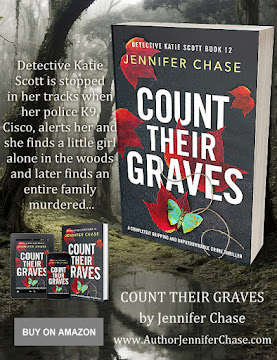

















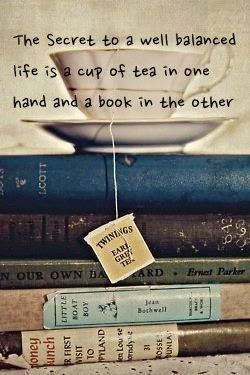












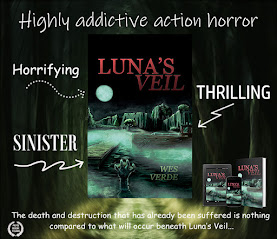
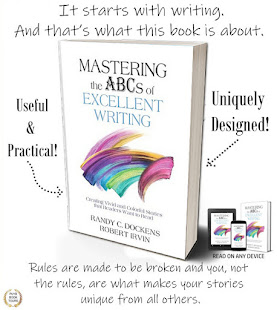
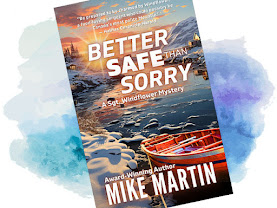
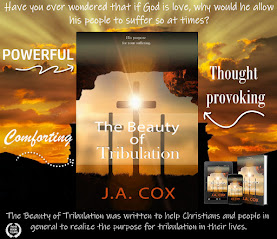



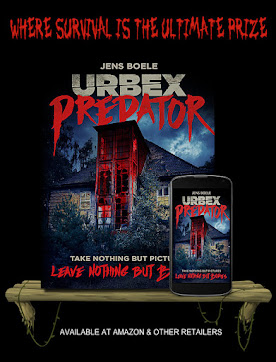









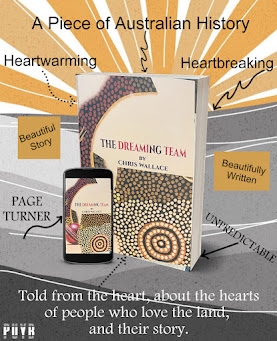

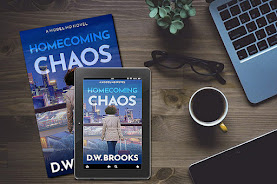


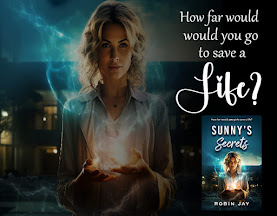

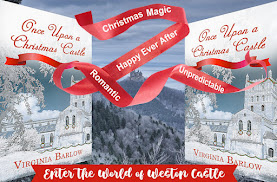


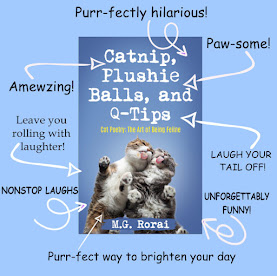



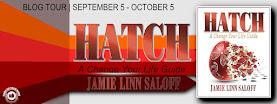

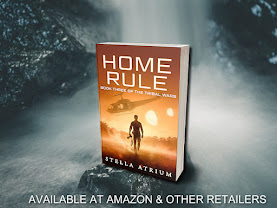

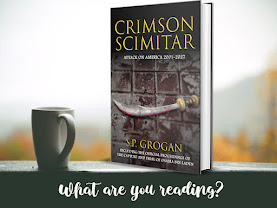


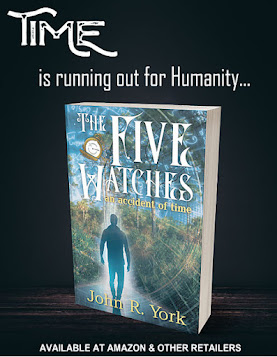

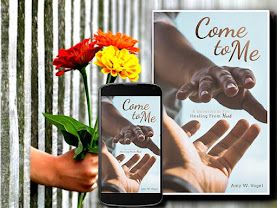



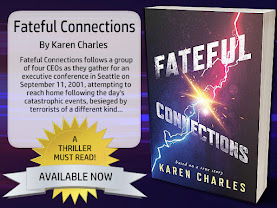


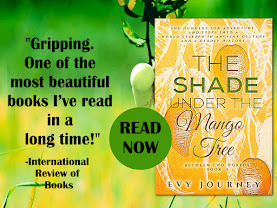

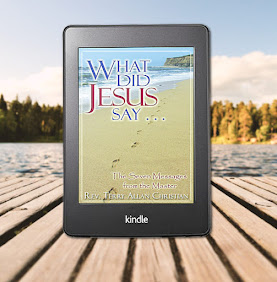

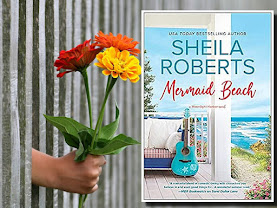



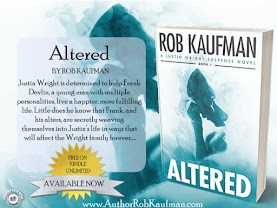
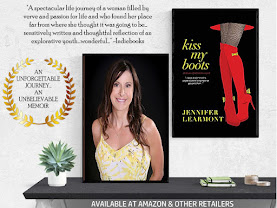
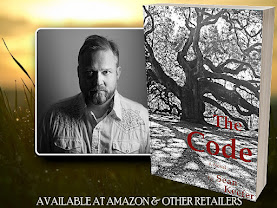

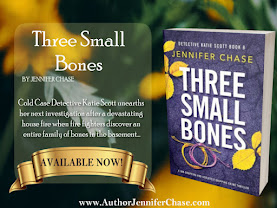

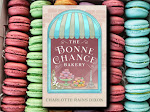
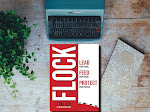


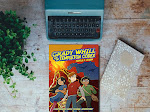


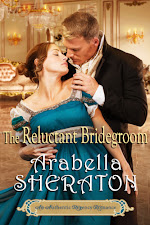
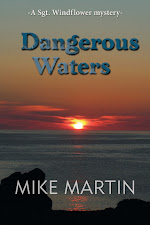

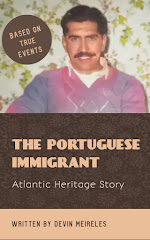

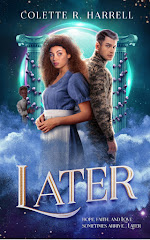
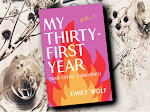
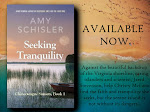


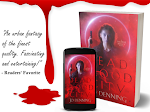


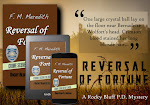

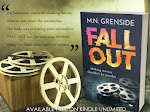


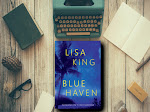




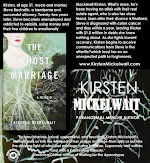

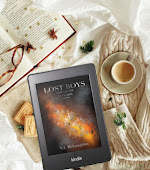


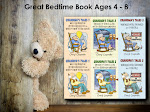

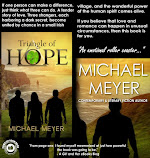
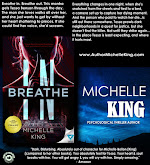
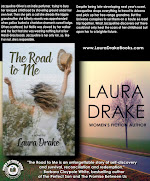


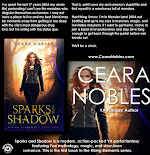
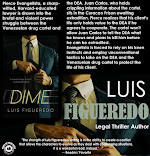

























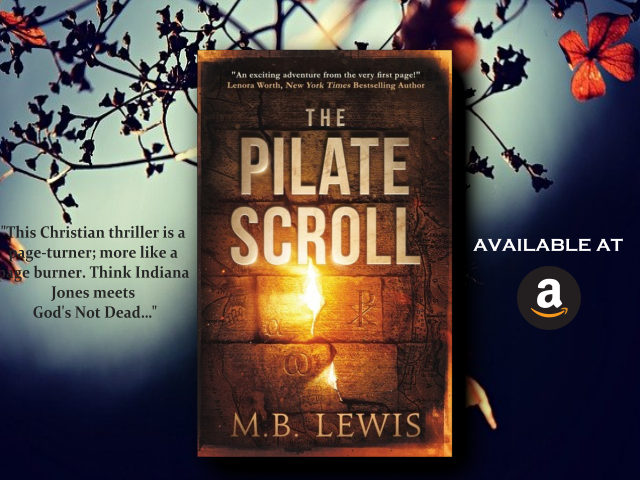













Leave a Comment